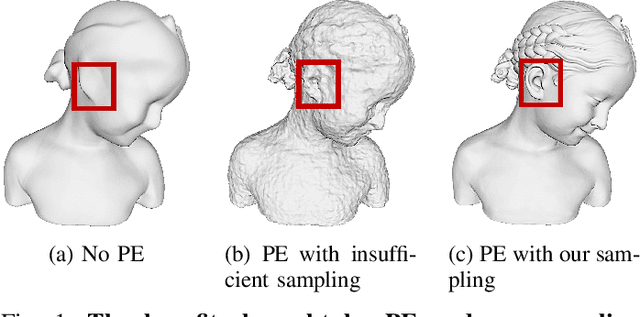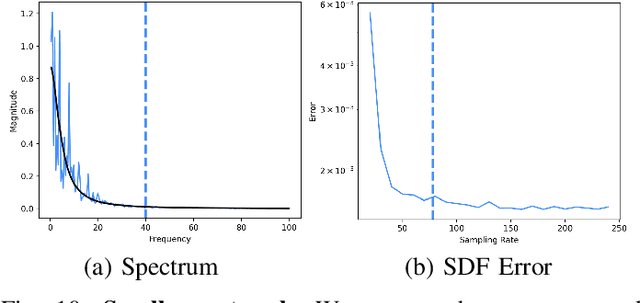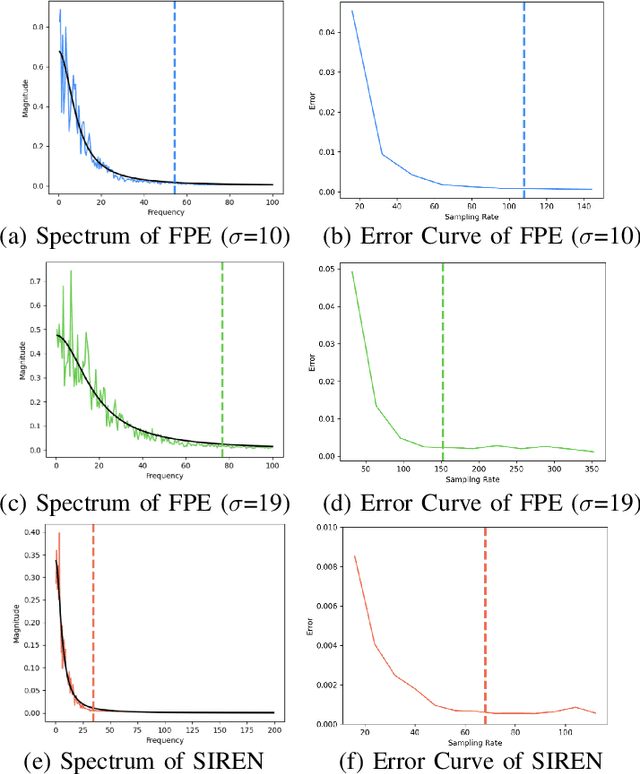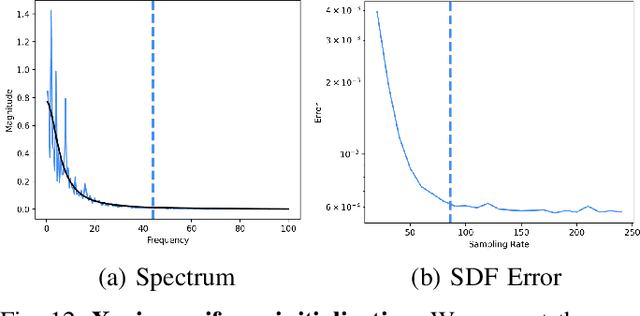John Keyser
Indexing Analytics to Instances: How Integrating a Dashboard can Support Design Education
Apr 08, 2024



Abstract:We investigate how to use AI-based analytics to support design education. The analytics at hand measure multiscale design, that is, students' use of space and scale to visually and conceptually organize their design work. With the goal of making the analytics intelligible to instructors, we developed a research artifact integrating a design analytics dashboard with design instances, and the design environment that students use to create them. We theorize about how Suchman's notion of mutual intelligibility requires contextualized investigation of AI in order to develop findings about how analytics work for people. We studied the research artifact in 5 situated course contexts, in 3 departments. A total of 236 students used the multiscale design environment. The 9 instructors who taught those students experienced the analytics via the new research artifact. We derive findings from a qualitative analysis of interviews with instructors regarding their experiences. Instructors reflected on how the analytics and their presentation in the dashboard have the potential to affect design education. We develop research implications addressing: (1) how indexing design analytics in the dashboard to actual design work instances helps design instructors reflect on what they mean and, more broadly, is a technique for how AI-based design analytics can support instructors' assessment and feedback experiences in situated course contexts; and (2) how multiscale design analytics, in particular, have the potential to support design education. By indexing, we mean linking which provides context, here connecting the numbers of the analytics with visually annotated design work instances.
On Optimal Sampling for Learning SDF Using MLPs Equipped with Positional Encoding
Jan 02, 2024



Abstract:Neural implicit fields, such as the neural signed distance field (SDF) of a shape, have emerged as a powerful representation for many applications, e.g., encoding a 3D shape and performing collision detection. Typically, implicit fields are encoded by Multi-layer Perceptrons (MLP) with positional encoding (PE) to capture high-frequency geometric details. However, a notable side effect of such PE-equipped MLPs is the noisy artifacts present in the learned implicit fields. While increasing the sampling rate could in general mitigate these artifacts, in this paper we aim to explain this adverse phenomenon through the lens of Fourier analysis. We devise a tool to determine the appropriate sampling rate for learning an accurate neural implicit field without undesirable side effects. Specifically, we propose a simple yet effective method to estimate the intrinsic frequency of a given network with randomized weights based on the Fourier analysis of the network's responses. It is observed that a PE-equipped MLP has an intrinsic frequency much higher than the highest frequency component in the PE layer. Sampling against this intrinsic frequency following the Nyquist-Sannon sampling theorem allows us to determine an appropriate training sampling rate. We empirically show in the setting of SDF fitting that this recommended sampling rate is sufficient to secure accurate fitting results, while further increasing the sampling rate would not further noticeably reduce the fitting error. Training PE-equipped MLPs simply with our sampling strategy leads to performances superior to the existing methods.
 Add to Chrome
Add to Chrome Add to Firefox
Add to Firefox Add to Edge
Add to Edge